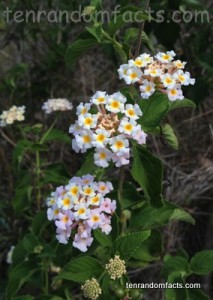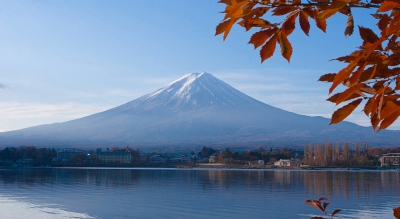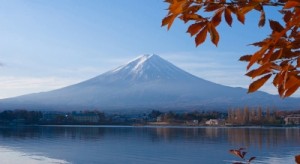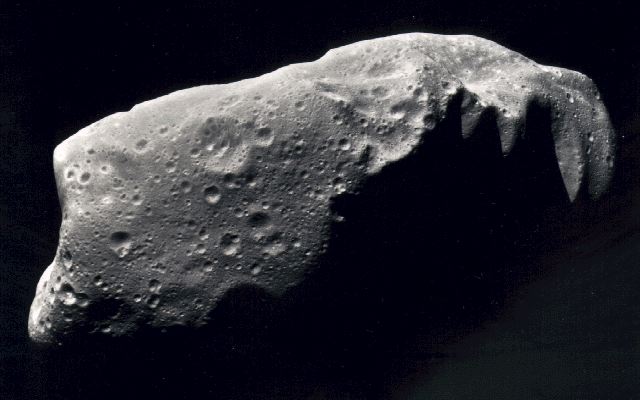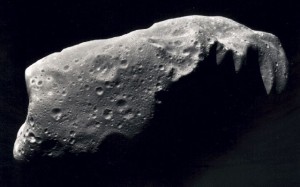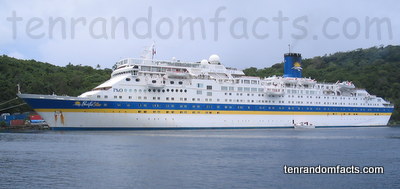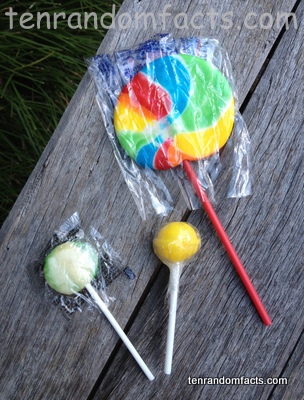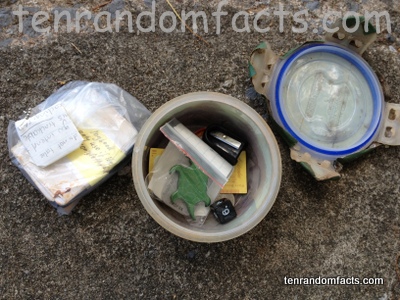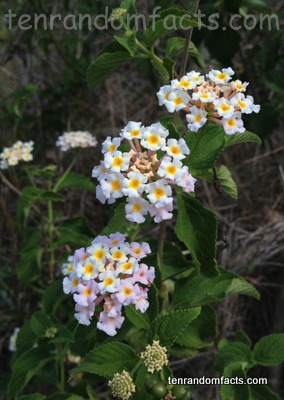
Nasty and nice!
- Lantana is a perennial shrub consisting of approximately 150 species.
- Lantana belongs to the verbena family, ‘Verbenaceae’ and range in size from 50 cm (1.6 ft) to 2 metres (6.6 ft) tall.
- The flowers of the Lantana are in small clusters, and can be yellow, orange, red, pink, purple and white or a mixture of these.
- Lantana blooms most or all of the year depending on the plant species and the weather.
- The fruits of Lantana are black with one seed and are prized by birds, which is one of the major causes of the spread of the plant.
- Lantana was introduced to Australia before the 1850s, and has become one of its major pests.
- The leaves from Lantana are poisonous to most animals.
- In Australia, lantana covers millions of hectares of pasture, natural bushland and forests.
- Lantana flowers are attractive to bees and butterflies , and some types of weaver birds use them to decorate their nests.
- Lantana is native to the tropical regions of North and South America and Africa.



